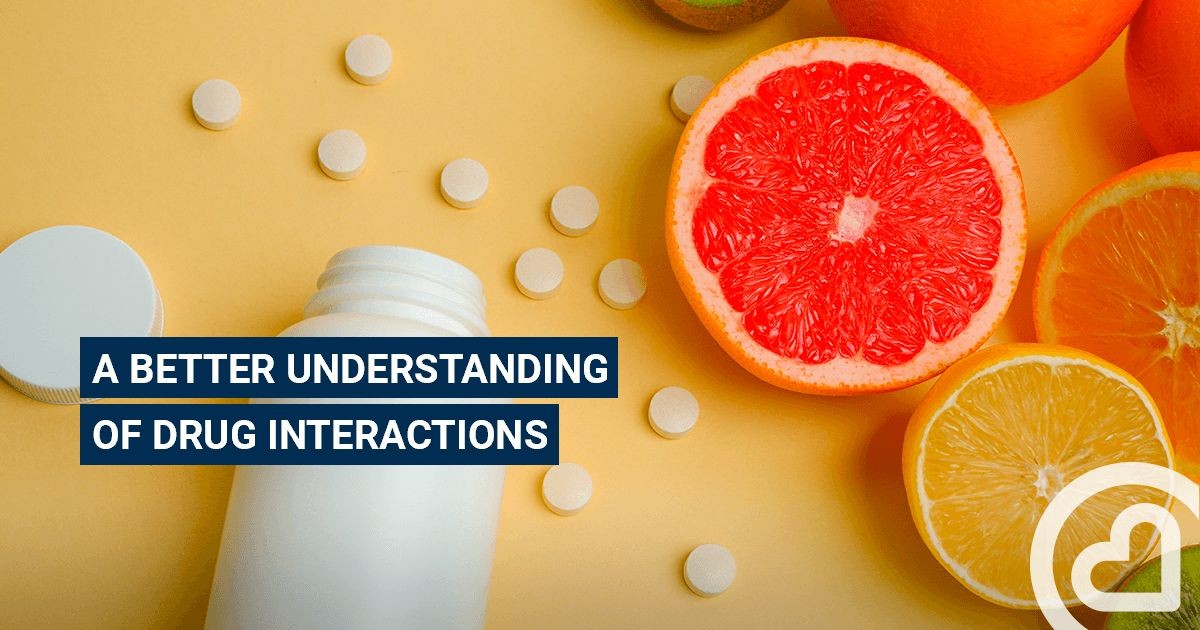
Contents
- 1 What Are Drug Interactions?
- 1.0.1 What Are Drug Interactions? 4 Types
- 1.0.2 How Do Drug Interactions Occur?
- 1.0.3 Change in Absorption
- 1.0.4 Change in Drug Metabolism and Elimination
- 1.0.5 How Often Do Drug Interactions Occur?
- 1.0.6 What Are the Consequences of Drug Interactions?
- 1.0.7 How Can Drug Interactions Be Avoided? 5 Tips
- 1.0.8 From
What Are Drug Interactions?
Whenever two or more drugs are taken, there is a chance of interaction. This can affect the effectiveness and side effects of the drugs. Drug interactions are more likely when multiple drugs are taken, putting those who take many drugs at higher risk.
Drug interactions increase healthcare costs due to medical care needed to address problems caused by changes in effectiveness or side effects. They can also cause psychological suffering. This review discusses drug interactions and ways to avoid them.
A Drug Interaction Checker tool, like the RxList Drug Interaction Checker, provides categories of drug interactions. See the chart below:
| Never use this combination of drugs due to the high risk of dangerous interaction |
| Potential for serious interaction; regular monitoring by your doctor is required or alternate medication may be needed |
| Potential for significant interaction; monitoring by your doctor is likely required |
| Unlikely, minor, or nonsignificant interaction |
What Are Drug Interactions? 4 Types
A drug interaction occurs when a drug interacts with another substance, preventing the drug from working as intended. There are 4 types of drug interactions:
- Drug-drug interactions, when drugs interact with other drugs
- Drug-food interactions, when drugs interact with food
- Drug interactions with other substances, such as supplements
- Drug interactions with laboratory tests, affecting test results
How Do Drug Interactions Occur?
Drugs can interact with other drugs, food, and substances in several ways. Interactions can occur through increases or decreases in:
- Drug absorption into the body
- Drug distribution within the body
- Metabolism of the drug by the body
- Elimination of the drug from the body
Most important drug interactions involve changes in drug absorption, metabolism, or elimination. Interactions can also occur when two drugs with similar or opposite effects are taken together. Additionally, one drug can alter the concentration of a substance in the body, affecting the effectiveness of another drug.
- The interaction between warfarin and vitamin K-containing products is an example of this type of interaction. Warfarin reduces the concentration of active vitamin K, so taking vitamin K reduces the effectiveness of warfarin.
Change in Absorption
Most drugs are absorbed into the blood and then travel to their site of action. Altered absorption usually occurs in the intestine. Drug absorption can be reduced in various ways, such as changes in blood flow, drug metabolism, intestinal motility, stomach acidity, and the gut’s bacterial composition. The solubility of a drug can also be affected by another drug or substance, impacting its absorption.
Change in Drug Metabolism and Elimination
The liver and kidneys are important sites for potential drug interactions, as most drugs are metabolized by the liver and eliminated through the kidneys. Some drugs can affect the metabolism or elimination of other drugs. Most drug metabolism occurs in the liver, with other organs potentially playing a role.
- The cytochrome P450 enzymes in the liver play a key role in drug metabolism and can be involved in drug interactions.
- Drugs and certain foods can affect the activity of these enzymes, altering the concentration of drugs metabolized by them. Increased activity leads to decreased drug concentration and effect, while decreased activity leads to increased concentration and effect.
How Often Do Drug Interactions Occur?
The prescribing information for most drugs includes a list of potential interactions. Many interactions may be rare, minor, or conditional, and therefore not significant. The most concerning interactions are those that cause important changes in drug action.
Drug interactions are complex and unpredictable. They may not occur in every individual due to various factors, including genetics, physiology, age, lifestyle, hydration, underlying diseases, drug doses, combined therapy duration, and timing of administration. However, important interactions are common and contribute to healthcare costs. Some drugs have been withdrawn from the market due to their potential to cause serious problems when interacting with other drugs.
What Are the Consequences of Drug Interactions?
Drug interactions can increase or decrease the desired or adverse effects of drugs. When an interaction increases the benefits without increasing side effects, drugs may be combined to improve the condition being treated. For example, combining blood pressure-lowering drugs with different mechanisms can be more effective than using either drug alone.
Some drugs are better absorbed with food, while others are absorbed less effectively when taken with food. The most concerning interactions are those that reduce desired effects or increase adverse effects. Interactions that reduce absorption, metabolism, or elimination of a drug can diminish its effects.
- This may result in therapy failure or necessitate an increased dose of the affected drug.
- Conversely, interactions that increase drug absorption, reduce elimination or metabolism, and increase drug concentration can lead to higher levels of drugs in the body and more side effects.
- Furthermore, drugs with similar side effects can increase the frequency and severity of those side effects when combined.
By clicking Submit, I agree to the MedicineNet’s Terms & Conditions & Privacy Policy and understand that I may opt out of MedicineNet’s subscriptions at any time.
How Can Drug Interactions Be Avoided? 5 Tips
- Provide healthcare professionals with a complete list of all drugs used in the last few weeks, including over-the-counter medications, vitamins, supplements, and herbal remedies.
- Inform healthcare professionals of any medication additions or discontinuations.
- Inform healthcare professionals about lifestyle changes, such as exercise, diet, and alcohol consumption.
- Consult healthcare professionals about the most serious or common drug interactions with the medications being taken.
- Work with healthcare professionals and pharmacists to eliminate unnecessary medications, as the risk of interactions increases with the number of drugs taken.
This overview of drug interactions does not cover all scenarios. Individuals should not be afraid to use drugs due to potential interactions but should use available information to minimize risks and improve therapy success.
From
Drugs and Treatment Resources
- What to Know About Ixekizumab
- Which Type of PrEP Is Right for You?


